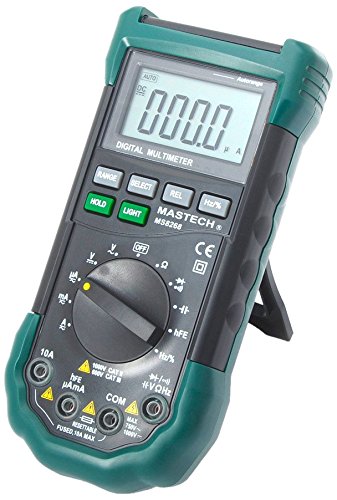Electronic Circuits For The Evil Genius
After having worked with Arduino and Raspberry Pi for the last few years, I have decided to step my game up and start working with raw electronics. What better way to learn than to blog about it as I go through this book I picked up! The disclaimer here is that I am not profiting from this at all. I didn’t get a free book. I don’t get free parts. This just happened to be the book I picked up to learn.
The book has a ton of great points to it and I do highly suggest checking it out. There are some cons to it as well though and I will highlight those each week as I go through it. Please feel free to leave your own feedback about the book and each section below. I’d love to hear what others think about it.
Also, as it should be painfully obvious, I am in no means an electrical engineer. If you see something I’ve messed up call me out on it! Not only will it make me better but it might help someone else out too! Okay, let’s get started with the book!
Section #1 – Getting Setup and your First Circuit
Though this section might seem slow to you if you’ve worked with Arduino or Raspberry Pi in the past, I highly suggest you go through it. This section not only provides some VERY interesting details about basic components, it also gets you up and running with your first project.
More important that getting your first light bulb lit though is the information about how to use your multimeter. Let me make this as clear as possible from the start. I don’t care who you are, if you can’t use a multimeter then you’re going to have a really bad time working with hardware.
I don’t care who you are, if you can’t use a multimeter then you’re going to have a really bad time working with hardware.
The mutlimeter in the photo is the one that I will be using for the entirety of this book.
You can pick one up on Amazon for ~$20
The main functions you’re going to want to learn on your multimeter for sections one and two are:
- Reading DC voltage
- Reading Current
- Reading ohms
The first project is pretty straight forward. I have it pictured below. In this project you will use a 9 volt battery to send current around a small circuit that has an LED on it. You will also learn about diodes, resisters and leds.

Things to know at the end of the chapter:
Make sure that you pay attention to the circuit diagram symbols. These are sprinkled in and will make you look like a pro when you can look at a circuit diagram and know what’s happening.
The different settings on your multimeter
Author: Anthony Russell
Professional .NET Developer

